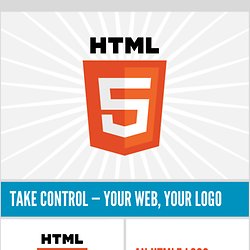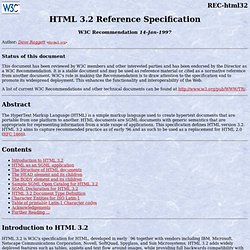

Internet. Bitte nur in Unterkategorien einordnen (wenn möglich).

Die Funktionen wie E-Mail und World Wide Web sind in der Unterkategorie Internetdienst zu finden. Unterkategorien Es werden 16 von insgesamt 16 Unterkategorien in dieser Kategorie angezeigt:In Klammern die Anzahl der enthaltenen Kategorien (K), Seiten (S), Dateien (D) Seiten in der Kategorie „Internet“ Es werden 200 von insgesamt 214 Seiten in dieser Kategorie angezeigt: Internetdienst. World Wide Web. World Wide Web Consortium. Gründer und Vorsitzender des W3C ist Tim Berners-Lee, der auch als der Erfinder des World Wide Web bekannt ist.

Das W3C entwickelt technische Spezifikationen und Richtlinien mittels eines ausgereiften, transparenten Prozesses, um maximalen Konsens über den Inhalt eines technischen Protokolls, hohe technische und redaktionelle Qualität und Zustimmung durch das W3C und seiner Anhängerschaft zu erzielen.[1] Seit Januar 2011 befindet sich der Sitz des Deutsch-Österreichischen Büros in Berlin am Deutschen Forschungszentrum für Künstliche Intelligenz (DFKI). Beispiele für durch das W3C standardisierte Technologien sind HTML, XHTML, XML, RDF, OWL, CSS, SVG und WCAG. Geschichte[Bearbeiten] Die Geschichte des W3C ist eng mit der Entwicklung des WWW verbunden. Nach einem IETF-Treffen im Jahre 1992 in Boston gründete sich eine WWW-spezifische Arbeitsgruppe, die allerdings keine brauchbaren Standards veröffentlichen konnte.
Organisation[Bearbeiten] Mitgliedschaft[Bearbeiten] World Wide Web Consortium (W3C) C HTML5 Logo. The Movement You're excited about HTML5; we are too.

You've not just been enjoying the HTML5-powered web already — you're building it! As adoption and inspiration spreads, the web community will find creative ways to apply HTML5 and related technologies, spark trends, and capture best practices. As momentum builds, we hope you bring this logo along for the ride and paint the world orange. You know that HTML5 badge you've placed oh-so perfectly in your footer? Tweet your HTML5 logo sightings with the hashtag #html5logo. HTML 4.01 Specification. W3C Recommendation 24 December 1999 This version: (plain text [794Kb], gzip'ed tar archive of HTML files [371Kb], a .zip archive of HTML files [405Kb], gzip'ed Postscript file [746Kb, 389 pages], gzip'ed PDF file [963Kb]) Latest version of HTML 4.01: Latest version of HTML 4: Latest version of HTML: Previous version of HTML 4.01: Previous HTML 4 Recommendation: Editors: Dave Raggett <dsr@w3.org>

HTML 4.01 Specification. Abstract This specification defines the HyperText Markup Language (HTML), the publishing language of the World Wide Web.

This specification defines HTML 4.01, which is a subversion of HTML 4. In addition to the text, multimedia, and hyperlink features of the previous versions of HTML (HTML 3.2 [HTML32] and HTML 2.0 [RFC1866]), HTML 4 supports more multimedia options, scripting languages, style sheets, better printing facilities, and documents that are more accessible to users with disabilities.
HTML 4 also takes great strides towards the internationalization of documents, with the goal of making the Web truly World Wide. HTML 4 is an SGML application conforming to International Standard ISO 8879 -- Standard Generalized Markup Language [ISO8879]. Status of this document This section describes the status of this document at the time of its publication. This document has been reviewed by W3C Members and other interested parties and has been endorsed by the Director as a W3C Recommendation. HTML 3.2 Reference Specification. REC-html32 W3C Recommendation 14-Jan-1997 Author: Dave Raggett<dsr@w3.org> Status of this document This document has been reviewed by W3C members and other interested parties and has been endorsed by the Director as a W3C Recommendation.

It is a stable document and may be used as reference material or cited as a normative reference from another document. A list of current W3C Recommendations and other technical documents can be found at Abstract The HyperText Markup Language (HTML) is a simple markup language used to create hypertext documents that are portable from one platform to another.
Contents Introduction to HTML 3.2 HTML 3.2 is W3C's specification for HTML, developed in early `96 together with vendors including IBM, Microsoft, Netscape Communications Corporation, Novell, SoftQuad, Spyglass, and Sun Microsystems. W3C is continuing to work with vendors on extensions for accessibility features, multimedia objects, scripting, style sheets, layout, forms, math and internationalization. <! <! World Wide Web Consortium (W3C) W3C - Deutsch-österr. Büro. The Open Group. Welcome. HTML.